Developing High-Potential Leaders Step #1: Senior Leadership Involvement
Hi, this is Richard Hodge, a founding partner of the Cultivating Leaders Center of Excellence. This is one of 5 short discussions spawned by our recent research effort with leading practitioners across industries and geographies regarding high-potential identification, assessment and development in industry today.
We interviewed more than 40 senior Learning & Development leaders around the globe to explore their current practices, perceived gaps and emerging plans and processes to develop their next generation of leaders. We have just released our findings in a 2019 white paper, 5 Truths and a Lie About High-Potential Leadership Programs. See the link at the end of this video to access the complete white paper.
Hi, this is Jeannie Taylor, a founding partner of the Cultivating Leaders Center of Excellence. I’m going to share some findings from our recent research effort on what organizations are doing to identify, assess, and develop high-potential leaders.White paper photoYou can read about our findings in our white paper, 5 Truths and a Lie About High-Potential Leadership Programs.
When we talked to organizations that had both high levels of perceived success as well as achievement of the key metrics related to their HIPO programs, it became crystal clear that one of the most important success factors was the level of ownership and direct participation by senior leaders. This participation started with development of processes to identify high potentials and went all the way through to direct involvement in various aspects of the program.
This truth manifested itself in several ways:
- Rather than having HIPO leadership being owned by HR or L&D, senior leaders own and sponsor their organization’s HIPO leadership programs. The C-suite is actively involved with the identification and assessment of candidates to be included in the program. To do this they implement consistent processes throughout the year to both model the way and actively participate in ongoing assessment and selection.
- In partnership with their HR leaders, senior leaders monitor and manage a set of key metrics in order to have a fact-based view of both the desired and current state of candidates at the various levels, including their readiness and their ongoing progress.
- Senior leaders hold themselves responsible for building the necessary bench strength to meet and exceed their current and future business goals.
- Senior leaders actively participate in both formal and informal aspects of the programs that are under way. They do things like share their own journeys, provide strategic context, make themselves available to the participants, and actively participate in many parts of the programs.
- And they are the secret sauce for any action learning programs that are deployed. They help select topics that meet the organization’s strategic needs and some even coach along the way. And they’re not only there to judge the cohorts’ presentations, but they advocate for the adoption and deployment of great ideas and initiatives that come out of the programs.
One final interesting point from our findings is that organizations can’t just flip a switch and get the full benefit of senior leadership’s active involvement. Even in cases where senior leadership decides wholeheartedly to engage in and fully embrace a HIPO program, it often takes as long as 3 years to build the muscle and the mindset necessary to achieve maximum results.

